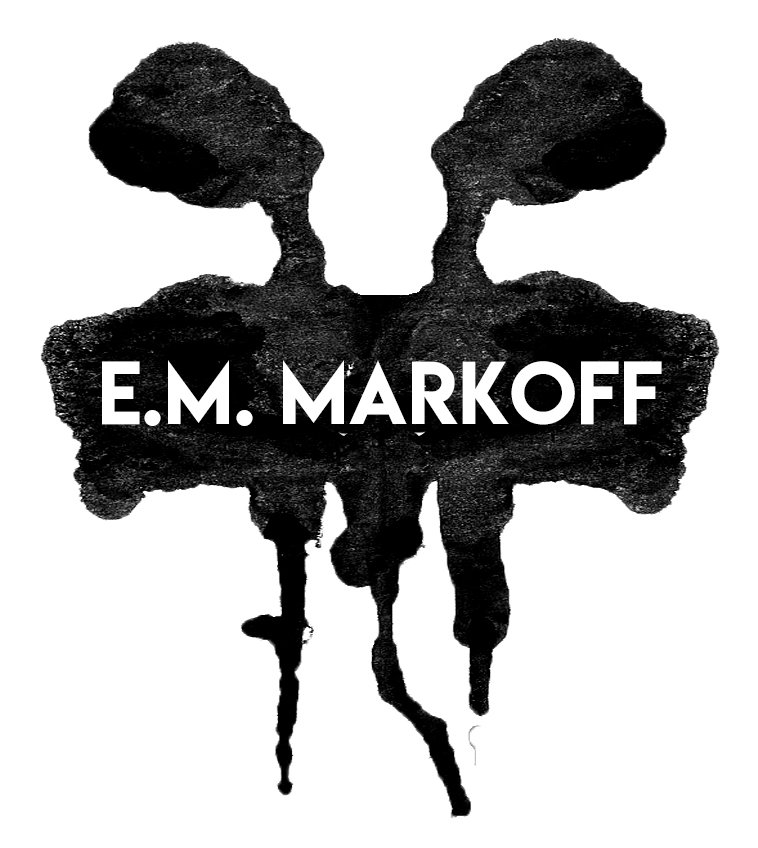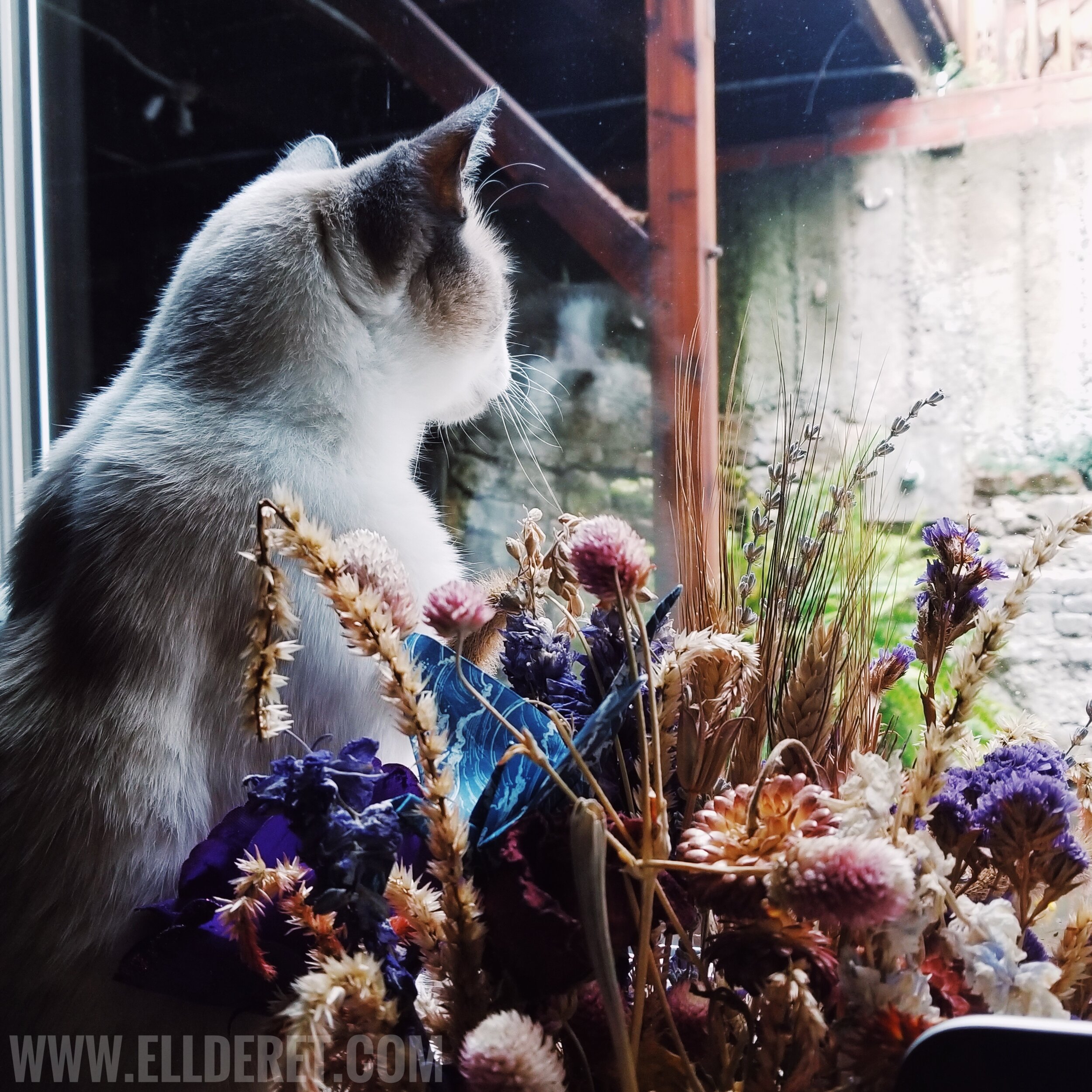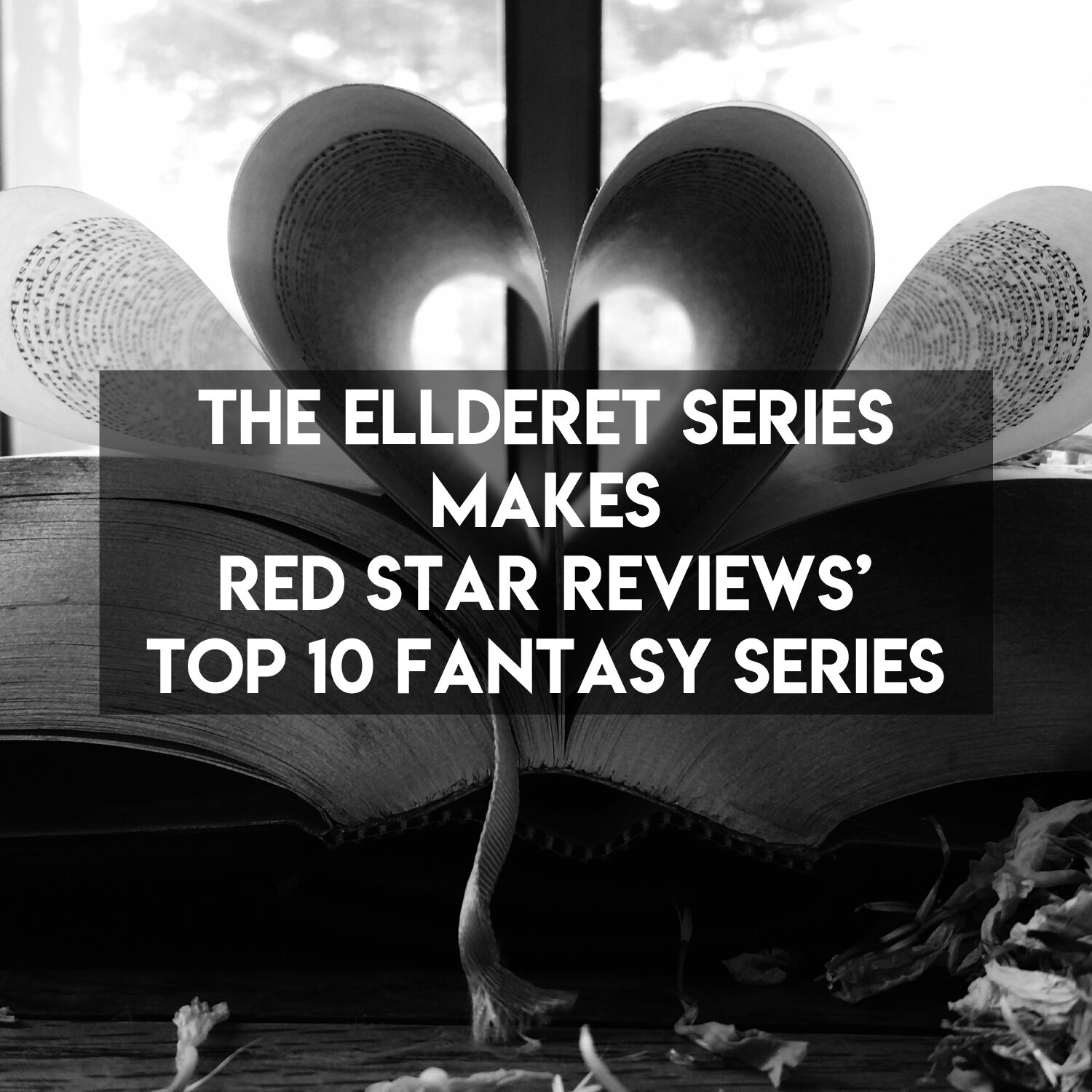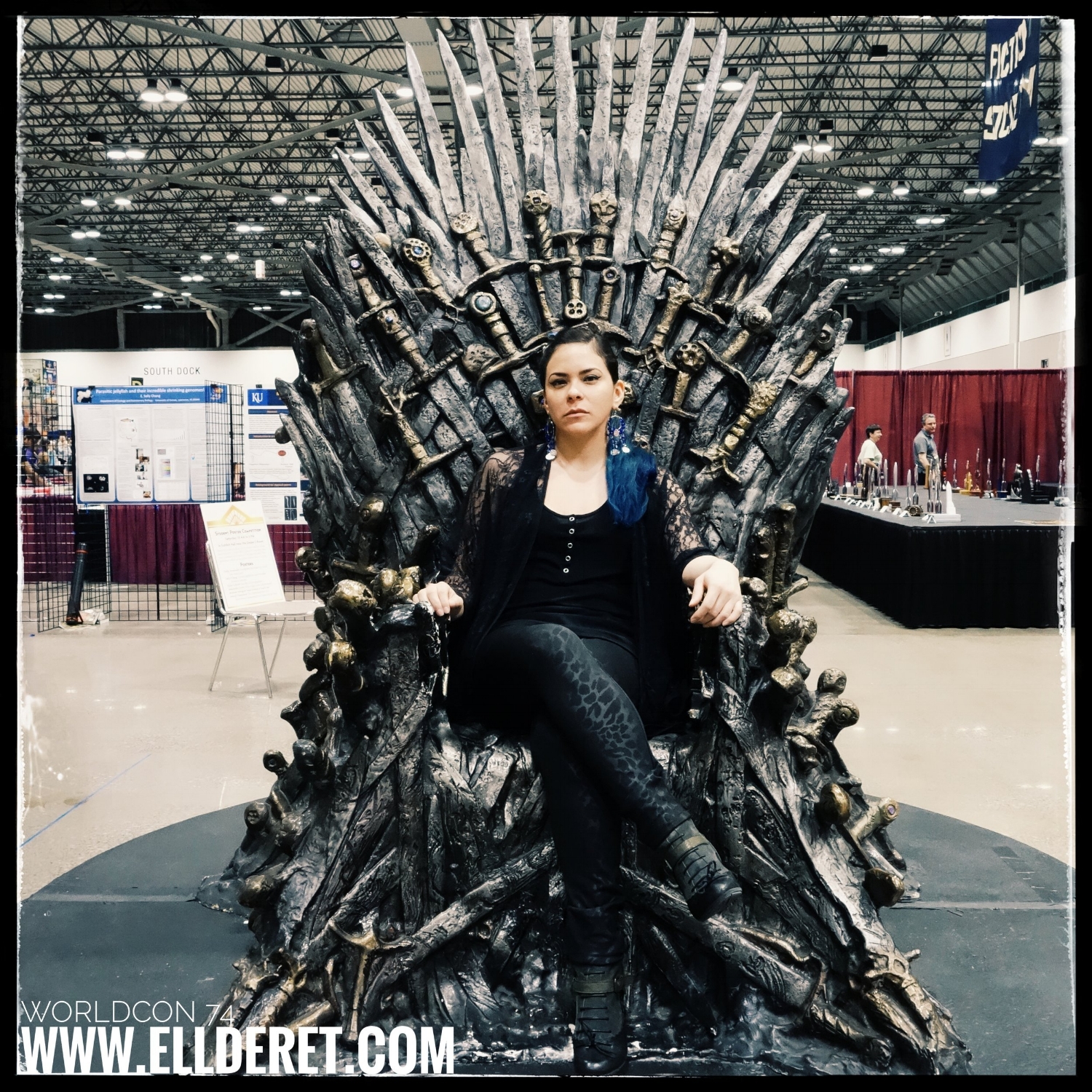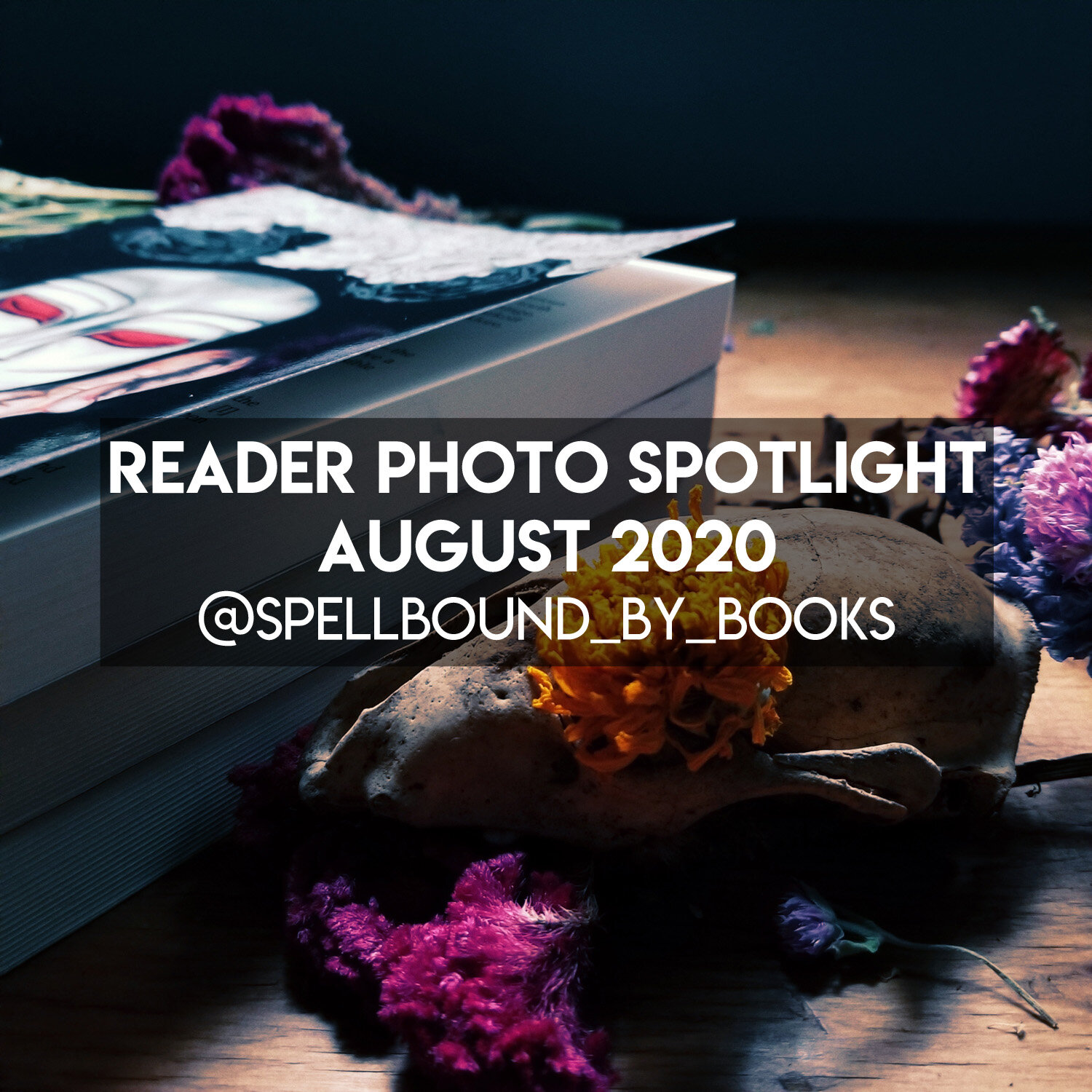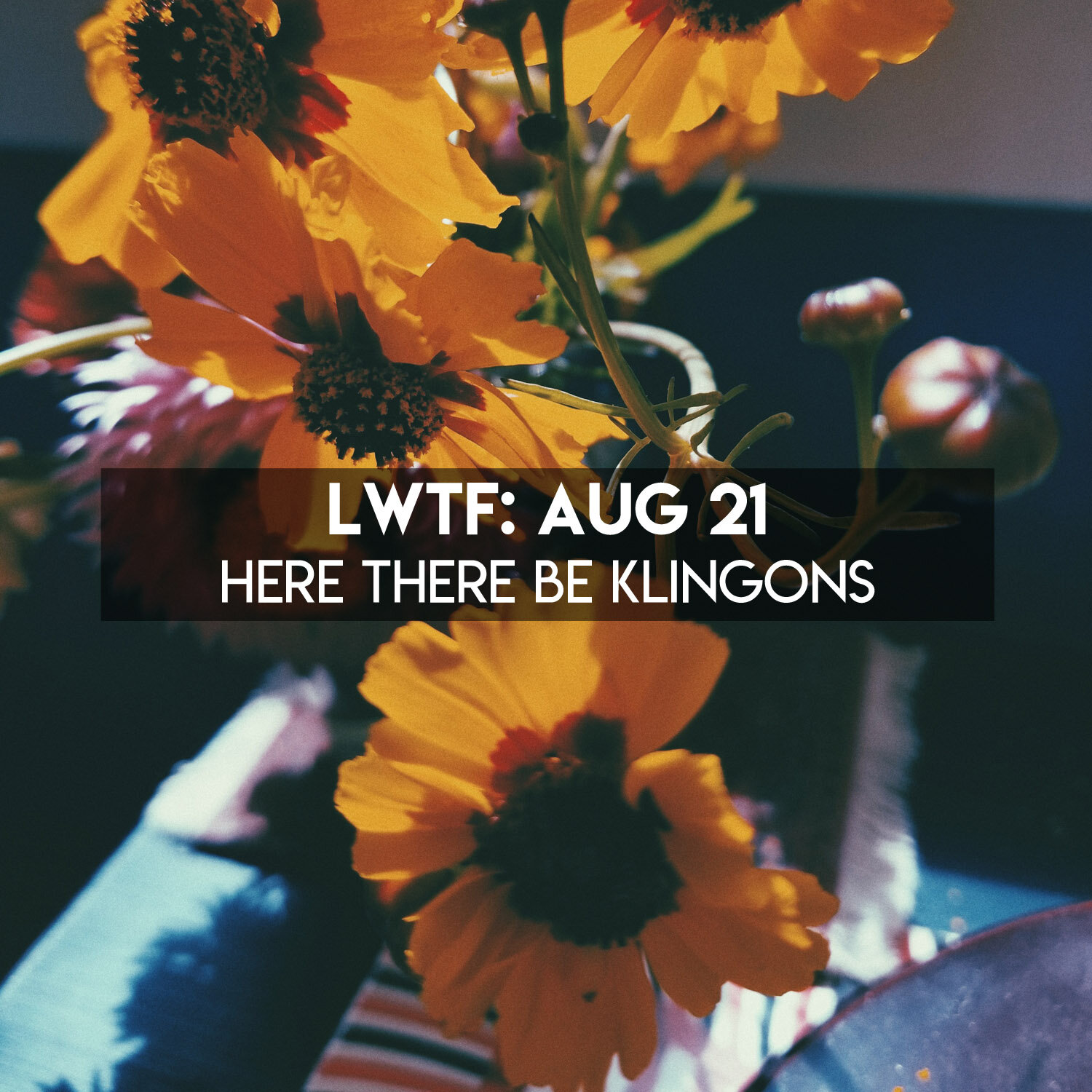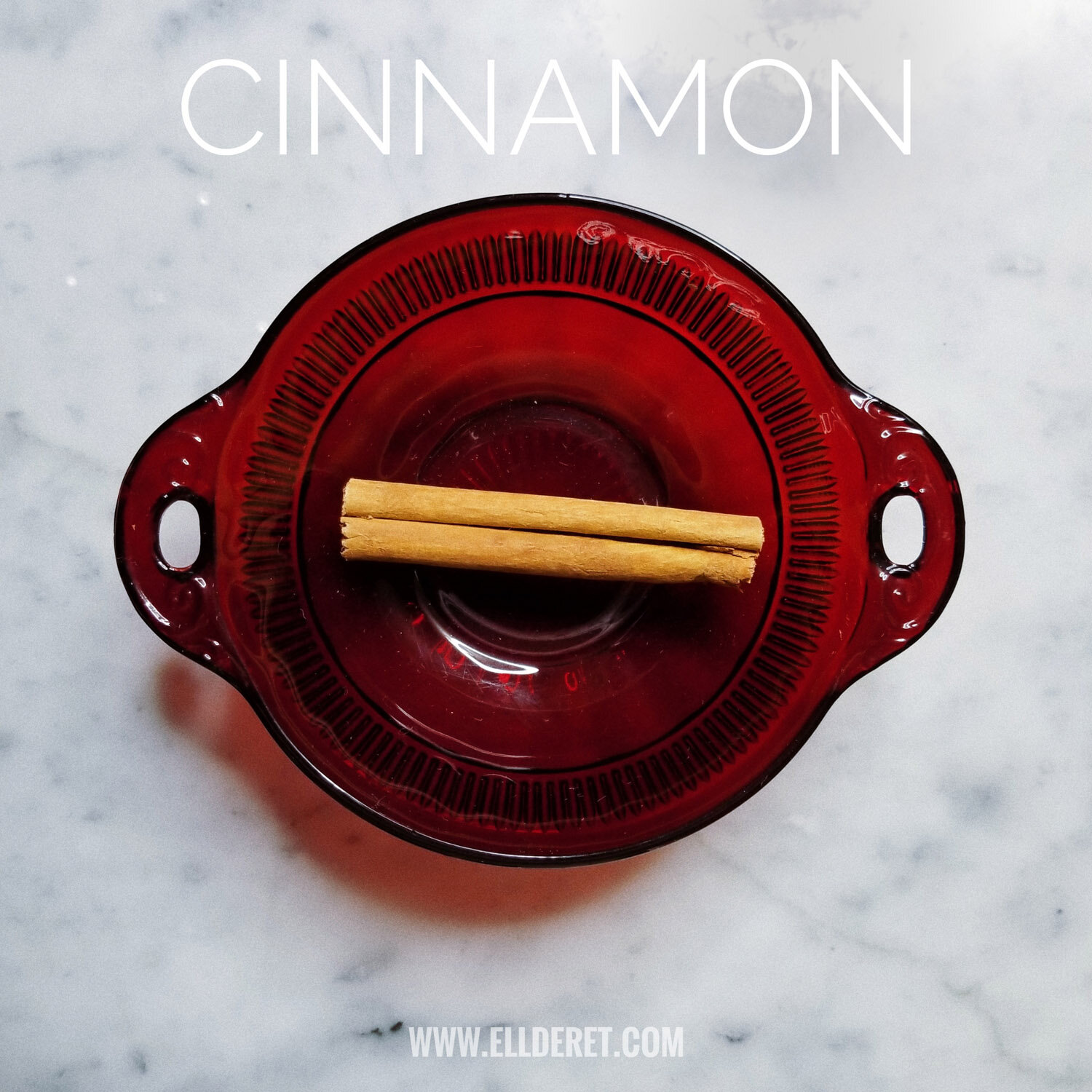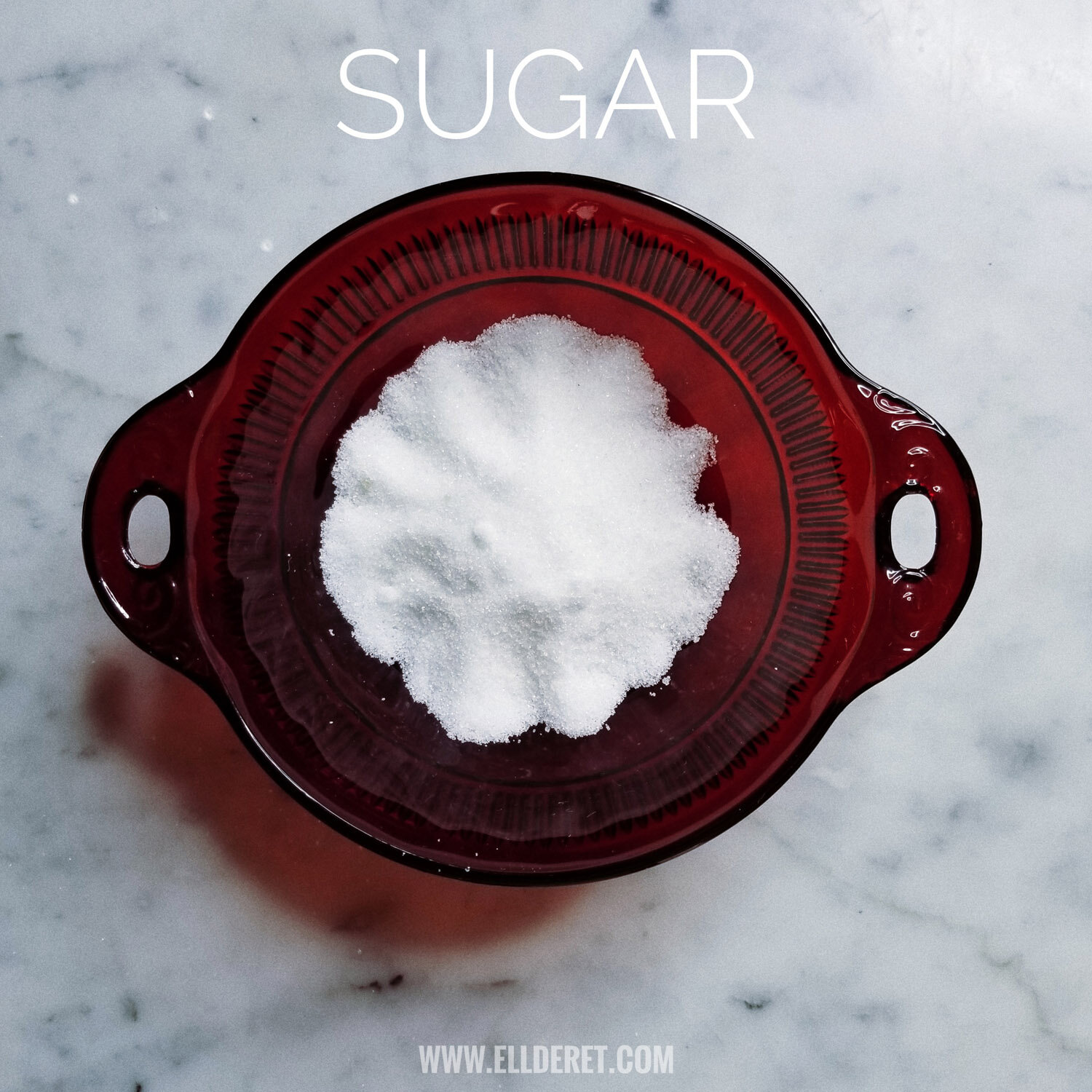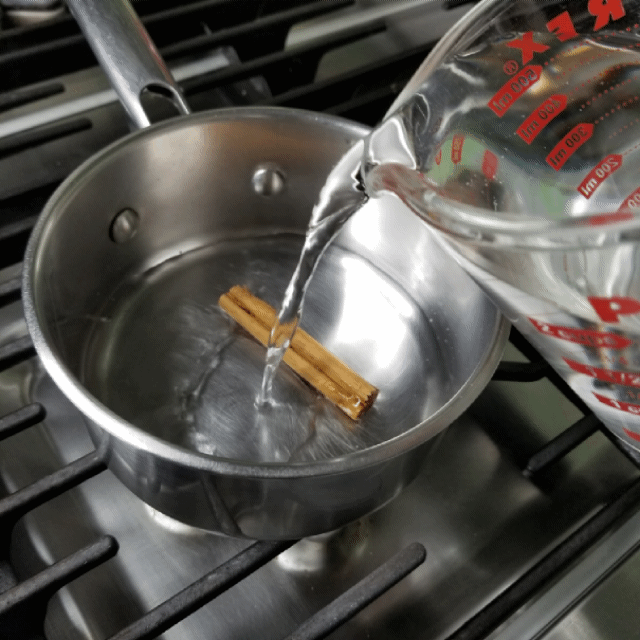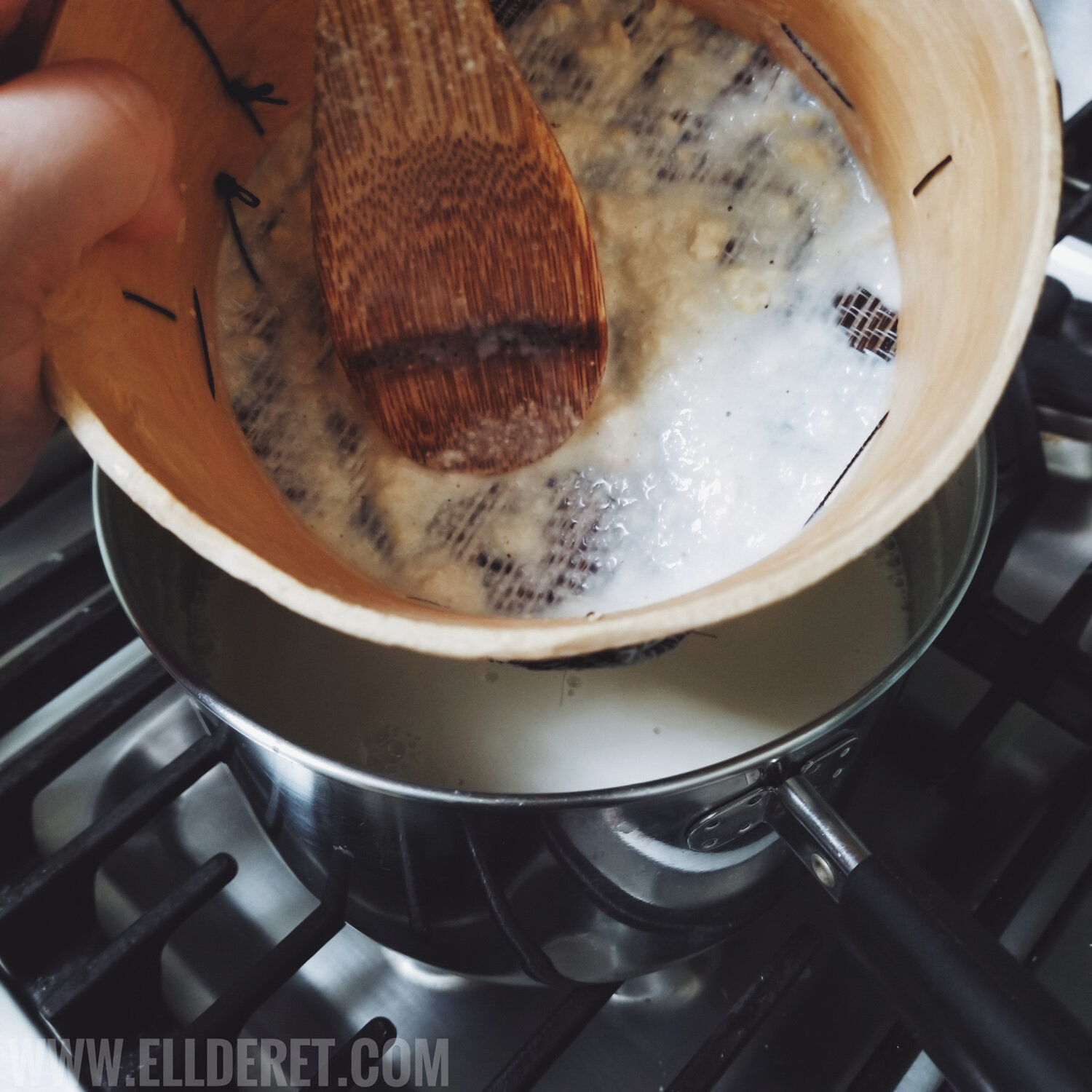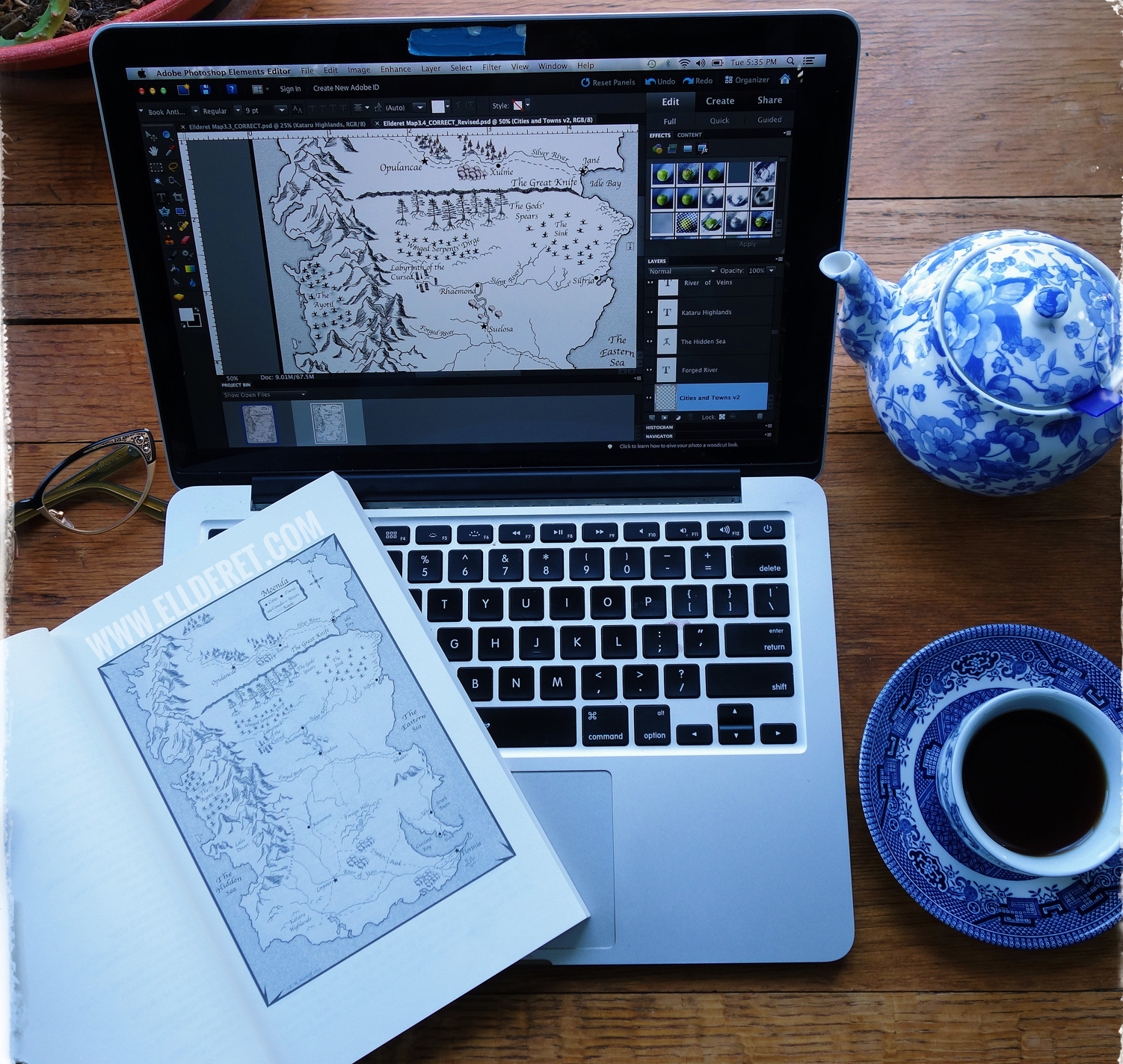List of Audio Drama Links for The Deadbringer
Below are the web links to each of the HorrorAddicts.net podcast episodes, with The Deadbringer audio drama embedded within their respective episodes. You can also listen on iTunes and Google Podcasts. Happy listening! 🎧
If you’re a fan of Horror, I highly suggest you check out HorrorAddicts.net, a podcast that discusses and reviews horror entertainment. The podcast is in its 16th season with this season’s theme being Cultural Horror. It’s a great way to discover BIPOC authors and creators from all over the world. And I’m one of the authors featured in season 16, with the first ten chapters of The Deadbringer being serialized for audio!!
I’m grateful to HorrorAddicts.net for producing The Deadbringer audio drama and for giving my book a home on their bi-monthly podcast. HUGE shoutout to the voice actors who volunteered their time and labor.
You can check out some behind the scenes of me recording my lines and working on the scripts over on my IG Highlights. I’ve also been keeping notes of what recreating The Deadbringer for audio has been like and plan on posting a blog about my experience in the future, so I hope you’ll look forward to that.
Below are the web links to each of the HorrorAddicts.net podcast episodes, with The Deadbringer audio drama embedded within their respective episodes.
List of Audio Drama Links for The Deadbringer
Episode 1: The Shining City (HorrorAddicts.net Ep 192; Theme: Black Vampires)
Episode 2: Locked Doors (HorrorAddicts.net Ep 193; Theme: Okinawan)
Episode 3: The Bastion (HorrorAddicts.net Ep 194; Theme: Gothic Romance)
Episode 4: Corpse Road (HorrorAddicts.net Ep 195; Theme: African)
Episode 5: Corpse Hill, Part 1 (HorrorAddicts.net Ep 196: Theme: New Zealand)
Episode 6: Corpse Hill, Part 2 (HorrorAddicts.net Ep 197; Theme: Time Travel)
Episode 7: Rain of Blood (HorrorAddicts.net Ep 198; Theme: African American)
Episode 8: Sleep (HorrorAddicts.net Ep 199; Theme: Mexican)
Episode 9: A Chance Encounter (Theme: 200th Show Special)
Episode 10: Revelations, Part 1 (Theme: African American)
Episode 11: Revelations, Part 1 (Theme: Polynesian/Pacific Islander)
Episode 12: Time, Part 1 (Theme: African American)
Episode 13: Time, Part 2 (Theme: Diversity in Horror)
Note: The audio will be compiled all in one before season 17 of HorrorAddicts.net (April 2022).
Cast of Voice Actors for The Deadbringer
E.M. Markoff as Narrator and The Stranger
Intro, outro; Ep 1, 2, 3, 4, 6, 7, 8, 9, 10, 11, 12, 13
James Seo as Kira Vidal
Ep 1, 2, 4, 5, 6, 7, 9, 10, 12, 13
Rish Outfield as Eutau Vidal
Ep 2, 3, 4, 7, 8, 10, 11, 12, 13
Emerian Rich as Narrator and Sal Zem
Ep 3, 4, 5 (narration), 7, 9 (narration), 12
Kadriah Wade as Elia the Herbalist
Ep 1, 10
Ep 2, 4, 6, 7,
Ep 8, 11
DJ Pitsiladis as Tim, Bastion agent
Ep 4, 7
Ep 1
Intro/Outro Theme song for The Deadbringer audio drama
Produced by
HorrorAddicts.net
Scripts by
E.M. Markoff with assistance from Emerian Rich
Stay in touch!
Subscribe to my blog, connect with me on social media, or read my books :)
Read the books already? Please consider leaving a review on Amazon. It really helps me out and makes a difference in helping readers find the books. <3
Reader Photo Spotlight: @tldr_bookreviews
This month’s featured reader is @tldr_bookreviews! Many thanks to her for the lovely photograph of The Deadbringer. Give her a follow at @tldr_bookreviews.
AN ODE TO ELLDERET READERS, WHO ARE SOME OF THE DAMNED BEST PHOTOGRAPHERS 💙⚔️
This month’s featured reader is @tldr_bookreviews! Many thanks to her for the lovely photograph of The Deadbringer. Give her a follow at @tldr_bookreviews.
Stay in touch!
Subscribe to my blog, connect with me on social media, or read my books :)
Read the books already? Please consider leaving a review on Amazon. It really makes a difference in helping others take a chance <3
Reader Photo Spotlight: @spellbound_by_books
This month’s featured reader is @spellbound_by_books! Many thanks to her for the lovely photograph of The Deadbringer. Give her a follow at @spellbound_by_books on Instagram.
An ode to Ellderet readers, who are some of the damned best photographers 💙⚔️
This month’s featured reader is @spellbound_by_books! Many thanks to her for the lovely photograph of The Deadbringer. Give her a follow at @spellbound_by_books on Instagram.
“Gossip is the swiftest bird alive.”
Stay in touch!
Subscribe to my blog, connect with me on social media, or read my books :)
Read the books already? Please consider leaving a review on Amazon. It really makes a difference in helping others take a chance <3
Cinnamon Tea Recipe (Té de Canela): A Mexican Beverage in the Forthcoming Novel 'The Faceless God'
I’m very grateful to be able to work from home and have been keeping busy with working on the sequel to The Deadbringer. One of the chapters I was recently working on had a placeholder for a drink of some sort, and by placeholder I mean typing out the letters “XXX” or “YYY” …
One of the chapters I was recently working on had a placeholder for a drink of some sort, and by placeholder I mean typing out the letters “XXX” or “YYY” into the sentence until I figure out what to add in. Like my sweet corn beverage recipe from To Nurture & Kill, right off the bat I knew I wanted it to be a drink that is common in Mexican culture. After thinking out a few logistics, I decided to go with cinnamon tea or té de canela. Despite cinnamon not being native to Mexico, Ceylon Cinnamon or “True Cinnamon” is so often used in Mexican dishes and drinks that it’s referred to as Mexican Cinnamon.
Photo Credit: https://depositphotos.com/ | (Cinnamomum cassia) Chinese Cinnamon
(Cinnamomum verum) Ceylon Cinnamon or “True Cinnamon” aka Mexican Cinnamon
I don’t remember when I first had it, but I must have been very young — cinnamon tea or té de canela has always been in my life. It was such a common drink growing up that I did not think twice about it or consider it a “Mexican drink.” Not until I was in college and tried my first cinnamon tea bag for conveniences’s sake did I realize that not all cinnamon tea was brewed the same. After a few more similar experiences with equally bland results, I began to realize why the cinnamon tea I grew up with was considered a Mexican drink. So today, I am going to show you how to make cinnamon tea exactly the way my mom taught me :)
One last note before I go into the recipe: All forms of cinnamon contain a chemical compound known as coumarin which is toxic to humans. While C. cassia has high levels of coumarin, Ceylon or Mexican Cinnamon (C. verum) “contains all of the health-promoting properties of cinnamon with none of the toxic properties.” Here is a great post breaking down the toxicity of the different types of cinnamon and which variety is the healthiest. The main way you can tell the difference between the two cinnamon types is by appearance (see above picture). In addition, Mexican cinnamon has a natural earthy sweetness that does not require sugar. I highly recommend you try it at least once without any sort of sweetener.
Onward to the recipe!
Ingredients:
Yields about 1.5 cups
1 Mexican Cinnamon stick
2 cups water
*Sugar or honey to taste
*Note: No sweetener of any type was used in this recipe
To a small pot, add the water + cinnamon stick. Close lid. On medium-low heat, slowly bring to a soft boil so the cinnamon stick can brew properly. This will take about 15-20 minutes.
If using sugar, now is the time to add it.
After simmering, remove pot from heat. At this point, the water will take on an amber tint, but the tea is still not ready!
Let the water + cinnamon stick steep with the lid on for another 15-20 minutes. As the water cools, the cinnamon will begin to release its full flavor and the color will change from amber to golden red.
Note the color difference in the below pictures (left picture is before steeping, right picture is after steeping).
Finally, strain the tea and reserve the cinnamon stick. For hot cinnamon tea, simply reheat in the same pan or pour yourself a cup and reheat it in the microwave. For cold cinnamon tea, add ice to a tall glass or chill in fridge.
Sweeten if desired and enjoy!
Note: If the end result is too strong, add water to dilute the flavor.
Té de canela can be stored in the fridge for a couple of days, ready for you to enjoy cold or reheated, or add some to your cup of coffee, tea, or cocktail for a lovely warm kick.
Tag me on Instagram @tomesandcoffee if you make this drink or the sweet corn atole from To Nurture & Kill :) I know this version of cinnamon tea is a bit more time consuming, but as the smell, taste, and color great your senses, you begin to realize why it’s worth the effort.
I’m looking forward to sharing this drink with my readers in the forthcoming The Faceless God <3
Until next we meet,
EMM
A Bookish Playlist for To Nurture & Kill
It’s day 24 of “sheltering in place” in San Francisco as the State attempts to help #flattenthecurve. Had Covid-19 not struck, I would be traveling down to Anaheim, CA for a weekend of vending and geeking out at WonderCon …
Gritty heroes, blood-soaked promises, and family bonds put to the test.
It’s day 24 of “sheltering in place” in San Francisco as the State attempts to help #flattenthecurve. Had Covid-19 not struck, I would be traveling down to Anaheim, CA for a weekend of vending and geeking out at WonderCon. The cancelation of WonderCon and subsequent conventions means lost income for me, but everyone’s health and safety comes first. More than anything, I want to see the faces of the readers I have met at conventions again, which means doing my part by staying home.
As a indie author, all I can offer is some form of entertainment while I keep working toward completing The Faceless God. I’ve gone deeper and deeper into the world with each draft and subsequent revision. It’s like the David Lynch quote I included in yesterday’s Twin Peaks 30th anniversary post: “I think that’s one of the great things about a continuing story: that you can go in, and go deeper and deeper and deeper. You begin to feel the mystery, and things start coming.”
While I continue diving further into the world of the Ellderet, I wanted to share a playlist I made back in 2017 for To Nurture & Kill. These are the songs that “made it” to the final draft of the story, the ones that when I listen to them I see myself in my mind’s eye writing the scenes. Most of the songs are instrumental, although a few have lyrics.
Let me know if you’ve read To Nurture & Kill or if any of the songs strike a chord!
We’re living in strange times. Let’s all be kind to each other, and don’t be racist.
See you soon,
EMM
Sweet Corn Atole Recipe: The Mexican Beverage that Appears in ‘To Nurture & Kill’
Hello!! I hope everyone had a lovely holiday. It’s a cold and rainy day in San Francisco as I write this post. The Assistant is sitting in his chair beside me, buried under a blanket because the room that is my office doesn’t really heat up …
“Kira took a huge gulp of his own drink, which was made of finely ground corn, milk, and sugar. ‘My dwink is the best.’”
Hello!! I hope everyone had a lovely holiday. It’s a cold and rainy day in San Francisco as I write this post. The Assistant is sitting in his chair beside me, buried under a blanket because the room that is my office doesn’t really heat up. He could easily go to another, much warmer room, yet he remains here with me in solidarity.
One blanket to rule them all.
The holidays are bittersweet for me, as I’m reminded of my mom and the countless hours we would spend making food. In that tradition, the husband and I made chicken mole chatino. And yes, it’s true what they say about Mexican mole: it does tend to have a lot of ingredients and steps, but the end result is always worth it. The other recipe that I made was the sweet corn drink that little Kira enjoys during the Corn Festival in To Nurture & Kill.
When thinking of the dishes and drinks to include in To Nurture & Kill, I naturally tapped into my own culture’s cuisine. Corn, or maize, is the heart of Mexican cooking, and so in the world of the Ellderet it is the staple crop of the southern half of Moenda, especially Florinia.
“They were natural mazes, mazes forged of rows of plowed dirt and leafy walls carrying the divine kernals that would nourish the people through the winter.”
The sweet corn drink enjoyed by Kira during the Corn Festival is a Mexican drink known as atole. The foundation of most atoles is usually masa harina, milk, sugar, and spices like Mexican cinnamon and vanilla. Some variations add fruit, fresh corn, or chocolate and piloncillo (champurrado) to the atole.
My version uses masa harina and fresh corn, since the beverage enjoyed by Kira in the book takes place during the Corn Festival that is held every year in Florinia at the beginning of the harvest season. Corn aplenty, y’all. You can also expect to see atole make an appearance again in the forthcoming The Faceless God. And this time, not only will you know what the characters are drinking, but you’ll also know how this warm and luscious drink is made. Plus, for a behind-the-scenes look at how the beverage was made, check out my IG Story Highlights!
Let me know if you’ve had this drink before and if you decide to make it yourself tag me on Instagram @tomesandcoffee :) I’m a bit slow with responses, but if you have a cooking question, please feel free to ask and I will answer it asap.
Now, off with you to the corn fields, dear, and pray that you reach their end without being bitten by a tezca snake. I hear that it’s a terrible way to die.
Ingredients:
6 fresh corn ears
1 cup water
1/4 - 1/2 sugar, or to taste
4 cups milk
1-2 tablespoons of masa harina
*1 tablespoon corn scratch (if you can’t find masa harina)
To a medium pot, add the water + cinnamon sticks. On low to medium-low heat, slowly infuse the water until it’s tinted a deep red. Add sugar to taste and dissolve. Remove the pot from heat, add 2 cups of milk, and set aside. Move on to preparing the corn.
Remove the husk and silk from your 6 ears of corn. Discard those, then rinse the ears, dry them, and carefully remove the kernels without offering up a finger to the Faceless God.
Add half of the kernels + 1 cup of milk to a blender. Blend to a smooth consistency. Add the remaining kernels + 1 cup of milk and repeat.
Place a fine mesh sieve over a bowl or pot. Pour the blended corn + milk mixture into the sieve, gently helping to push the liquid through with the back of a wooden spoon. Make sure to sieve and squeeze out as much of the liquid as possible. This will take a good 10 minutes.
Over medium-low heat, cook your mixture for 30-40 mins. Do not boil. At this stage, you will have to repeatedly stir to prevent the milk from burning/sticking to the bottom of the pot. Bouts of existentialism might occur as you stir stir stir away your life. Fun times for all!!!
After 15-20 minutes of cooking, proceed to the next step while continuing to cook. Dissolve 1-2 tablespoons of masa harina in a small bowl with a bit of the corn-milk mixture from the cooking pot. It will remain kinda clumpy, but that’s okay. Now, sieve the mixture into the pot while using the back of your wooden spoon to help push the masa harina clumps through the sieve. If you still have clumps hanging around in your sieve, ladle some of the milk-corn mixture and repeat the above step until most of it is gone. Discard whatever clumps/grains remain. This step is super important! You want to make sure your atole is smooth. You don’t want to piss off the Faceless God with grainy atole. Unless, of course, you want to …
*ALTERNATIVELY: Dissolve corn starch in a bit of cold water and then slowly pour and stir the mixture into the pot. If you can’t find or don’t like the taste of the nixtamalization process (calcium hydroxide), then use corn starch. Masa harina is what was used in To Nurture & Kill, and I personally love the taste.
Continue cooking and stirring over low heat until the atole thickens to the consistency of hot chocolate. Remove from heat when done.
Serve warm in a cup, grab a book and blanket, and settle in for comforting goodness.
Note: If your atole becomes too thick for your taste, warm up some milk and slowly stir it into the pot (or cup) until it becomes the consistency you want. This will dilute the corn flavor, but I feel that enjoying the texture of your drink is important.
Cheers!
EMM
My Experience Growing Up Bilingual and How That Informs The Pronunciation of Names in my Books
This post is spoiler free. This post is indebted to a long-time Ellderet reader who stopped by my booth at SVCC 2019 to ask how to pronounce certain names from The Deadbringer. He told me the way he pronounced them, and I told him the way I pronounced them …
Part 1:
In which statements are made, but first . . .
This post is spoiler free. Here only for the pronunciation? I gotcha. Scroll down to Part 2 and Fortune be with you. But if you want to get a clear sense where my pronunciations come from and why I have some names pronounced two different ways, then read on.
This post is indebted to a long-time Ellderet reader who stopped by my booth at SVCC 2019 to ask how to pronounce certain names from The Deadbringer. He told me the way he pronounced them, and I told him the way I pronounced them. This conversation prompted me to ask him if a glossary on pronunciation would be a welcome addition to The Faceless God. I can’t recall the exact words he used in response, but he did say that a glossary or something that explained “however you say the names, even if it’s made up” would be welcome.
This got me thinking how I—as someone who grew up speaking and consuming both English and Spanish—approached names in fantasy books. I realized that more often than not that I say the names of characters, places, cities, etc. with a Spanish pronunciation, especially if the spelling lends itself to it. This feels natural to me. Is this my subconscious way of inserting my culture into my everyday narrative so I can see myself represented? Possibly — I do want to see myself in the world around me and in the fantasy stories I read. All those fantasy names with lots of r’s? You can bet I was rolling the r’s in Perrin Aybara’s name.
As for the world of the Ellderet, the way I approach pronunciation is rooted in my experiences as a first generation bilingual Latinx. That is, I often pronounce the names in two different ways, as if reading them in both English and Spanish. Let’s use the name “Judas” as an example. In English, the word has a hard “J” sound (“joo-dus”), while in Spanish the “J” sounds more like an “H” as in “hoo-dahs.” (As you can no doubt tell, I don’t know shit about linguistics.) In my own personal experience, it wasn’t uncommon for me to hear bilingual speakers pronounce their name or a word (like “guacamole”) in both English and Spanish, and to switch back and forth between the two pronunciations in everyday conversation (Spanglish!).
Circling back to the name Judas, if it were my own name, would I prefer being addressed with one pronunciation over the other? It depends. It’s the individual who dictates how their name is pronounced, not everyone else around them. Data from Star Trek: The Next Generation most certainly had a preference, made it known, and asked others to respect his preferred pronunciation. There may be a character in the world of the Ellderet who shares Data’s views. Feel free to take a guess who it is 🙃
Commander Data explains the proper pronunciation of his name.
I most likely did a terrible job explaining myself but, as I mentioned before, I’d never given this topic much thought. For me, switching back and forth between languages, especially when I’m speaking with someone else who grew up speaking both English and Spanish, is normal. Being bilingual is a part of my everyday life and has no doubt found its way into my writing. #OwnVoices, y’all.
Part 2:
Finally, the pronunciation!
One last thing before I show off my amazing phonetic skills . . . Dear reader, say the names how they feel the most natural to you. But, if you want to know how I say them—how the characters refer to themselves in my head—then prepare to enter the madness I warned you about!
The Ellderet Cast
Kira Vidal (Kee-rah or Keer-uh Vee-dahl)
*Eutau Vidal (Oo-tow Vee-dahl)
Elia (Ee-lee-ah)
Sal Zem (Sahl Sem)
Kim Lafont (umm, Kim. Luh-fahnt)
Teemo-Na’dissima Rey de’Es (Tee-mow Nah-dee-see-mah)
J’kara (Jay-kah-ra or Jah-kah-ra)
Lyse (Leez)
Daemeon (Day-mee-on)
Natsu’es (Naht-soo-ess)
Huas-lan (Whas-lahn)
Telera (Te-le-rah)
E’sinea (Eh-see-nee-a or Ee-sin-ay-ah)
Amonos (Ah-mo-nohs)
Marya Herzmmen (Mar-yah Hers-men)
Kristoff Herzmmen (Kris-toff Hers-men)
Ga’jona (Gah-jo-nuh)
Sa (Sah)
Lauchitl (Lau-che-tle)
Adan (Ah-dahn)
*Eutau. It’s Oo-tow, but “tow” as in “ow!” not “I need to tow my car.” :)
The cities and towns of Moenda
Opulancae (Op-you-len-say)
Suelosa (Swey-low-sah or Sue-los-ah)
Rhaemond (Ray-mond)
Xulmé (Shul-meh)
Ilvra (Eel-vrah)
Kessrennt (Kess-rent)
Jané (Ha-neh or Juh-nay)
Ayotil (Ah-yo-teel)
Nhaleri (Nah-le-re)
Florinia (Flo-ree-neeh-ah or Flor-in-ee-uh)
Ulivi (Oo-le-ve)
It may seem strange that I have multiple pronunciations for the same words, but that’s what growing up bilingual is all about.
How would you pronounce these words? 🤔
Until next we meet,
EMM 🥀
2019 Upcoming Events:
10/2/19: Tales of Horror | San Mateo Library | San Mateo, CA | Free | Reading
10/11/19: Stephen Chbosky with E.M. Markoff | Kepler’s Literary Foundation | Menlo Park, CA | 7:30pm - 9pm | Buy tickets
10/19/19: Lit Crawl | Dalva | San Francisco, CA | Free | Reading
The Ellderet Series Makes RedStarReviews’ Top 10 Fantasy Series!
Deep breath. Relax. Remember that no one likes all caps. So, in lieu of all caps, just imagine me and The Assistant running up and down the hallway with glee.The Ellderet Series has made it to RedStarReviews top 10 fantasy list! Not going to lie, it was always a dream of mine to see TES on a top ten-fifty-hundred-thousand fantasy list, but that’s all it ever seemed to me it could be: a dream.
Until now.
Deep breath. Relax. Remember that no one likes all caps. So, in lieu of all caps, just imagine me and the Assistant running up and down the hallway with glee. The Ellderet Series has made it to RedStarReviews’ top 10 fantasy list! Not going to lie, it was always a dream of mine to see TES on a top ten-fifty-hundred-thousand fantasy list, but that’s all it ever seemed that it could be: a dream.
Until now.
That red brick <3 https://www.instagram.com/redstarreviews/
I’m so freaking honored to be included alongside so many of my favorite authors whose works have inspired me. The grin on my face would make Amonos proud. Seriously, you need to check out the list, it’s great. But above all, I’m humbled that The Deadbringer has found its way into readers’ hearts. #AchievementUnlocked
Indie Publishing, Death in Mexican Culture, The World Of The Ellderet | Unreliable Narrators Podcast
Welcome back! Today, I want to share a podcast interview I did with the wonderful folks over at Unreliable Narrators, a few of whom I had the opportunity to meet at Fogcon 8. They asked some great questions that touched upon the premise behind The Ellderet Series, my literary influences, the pluses and minuses of being an indie author, the very important role my culture plays in my works, and if I have ever been stereotyped because I am a woman. Spoiler: yes.
Welcome back! Today, I want to share a podcast interview I did with the wonderful folks over at Unreliable Narrators, a few of whom I had the opportunity to meet at Fogcon 8. They asked some great questions that touched upon the premise behind The Ellderet Series, my literary influences, the pluses and minuses of being an indie author, the very important role my culture plays in my works, and if I have ever been stereotyped because I am a woman. Spoiler: yes.
We also talked about Roger Corman’s The Pit and The Pendulum, the various Dracula films from Hammer Horror, The Assistant (my cat), the Horror Writers Association, and my thoughts about the Next Generation Indie Book Awards. Please check out the interview :)
One more thing! I got behind on finishing up my blog series on Worldcon 76, but I’m still planning to get that done soon. It’ll probably be more like a goodies wrap-up, because I realized that I already said everything I wanted to say in my own right in the last three blog posts I did on Worldcon. Check those out here!
